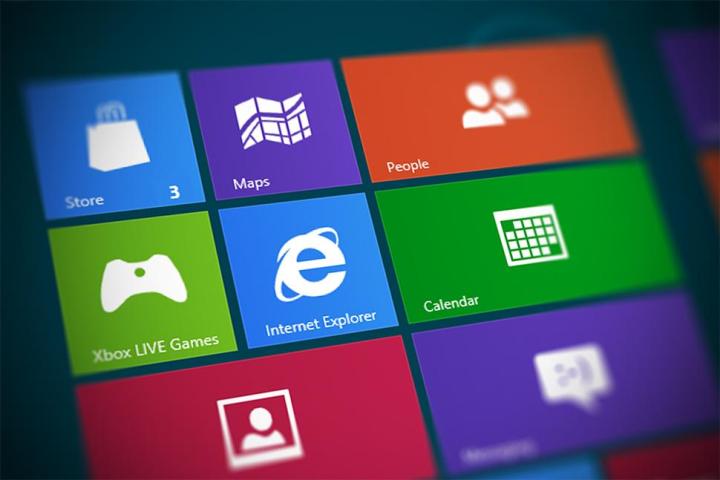
Bottom line: If your Windows 10 system came with Internet Explorer, it’s time to get rid of it. However, for various reasons, Microsoft doesn’t let you fully uninstall the browser. Fortunately, it does allow you to disable it and all the effects it may have on your operating system, which essentially puts it out of commission. Here, we’ll show you exactly how to do it!
Before you begin…
If you’ve used Internet Explorer in your OS in the past, consider if it has any valuable information that you may want to record or copy before disabling it. Do you have any links saved in your favorites, or other important notes connected to the browser? Take a look, think back a few years, and note what you want to keep. You can’t exactly “back up” browser preferences, but you can copy your favorite links to Edge.
Also, keep in mind that apps and plugins connected to Internet Explorer will stop working properly if it’s disabled. Again, enough time has passed since IE was a viable option, so this probably isn’t a concern, but you may have some older apps that will experience difficulties, especially if they haven’t been updated recently. In other words, it’s a good idea to ensure automatic updates are turned on and everything has been fully updated before you disable IE.
Uninstalling Internet Explorer in Windows 10
Step 1: Head to the Control Panel, which you can find by searching for the term in the search box or looking for it in the main menu.

Step 2: Once there, click Programs and Features. Then, select “Turn Windows features on or off” in your sidebar.

Step 3: This will open up a laundry list of Windows features. Some day in the future you may want to take a look at this list for any unnecessary programs, but, for now, scroll down until you find Internet Explorer (it should be high on the list). The list will probably say, “Internet Explorer 11,” the last iteration of the browser, but any version of Internet Explorer you have installed on your computer should be there. When found, uncheck the box directly beside IE and click OK.

Step 4: Confirm your decision after Windows gives you the perfunctory warning, and IE will be disabled. You’ll then receive a notification that Microsoft has completed your requested changes. When prompted, click Restart now to apply the changes.
Final note: The process is different for earlier versions of Windows, but you can still use this guide as a rough path toward the same goal if you happen to have, say, Windows 8. Head to the Control Panel and look for options to “uninstall” or “remove Windows components.” The exact phrasing and steps vary from one Windows version to another, but the basic idea remains the same, so you should be able to find the solution if you’re familiar with the general layout of Windows.
Switching to Microsoft Edge
Don’t have much experience with Edge? Sadly, anyone who previously used IE on your machine will have to make the switch to Edge, the built-in browser for Windows 10. In the latest version of Windows 10, Edge should be accessible via the blue “E” in your menu bar. Alternatively, you can find the application in the Start Menu.
Then again, you could always download Google Chrome.



